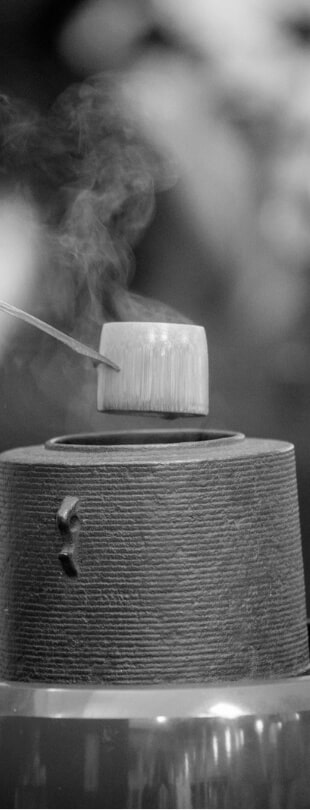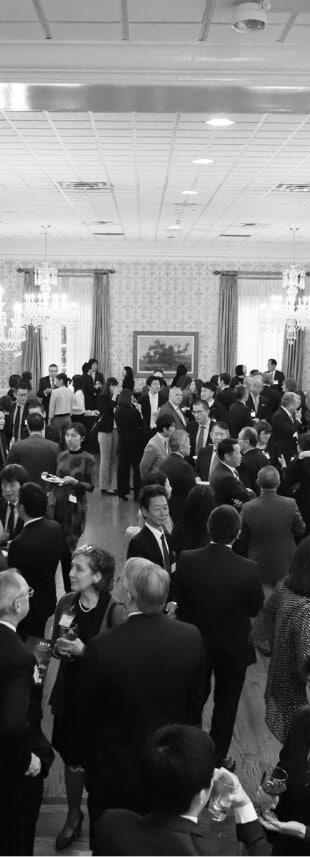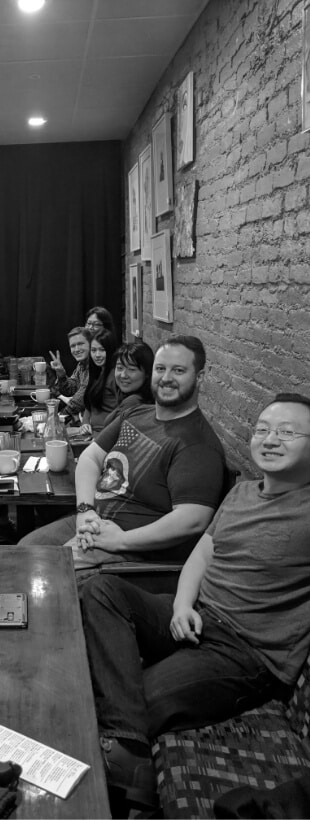JAASC
Japan - America Association of South Carolina
Strengthening bonds of friendship and understanding through social, educational, and cultural exchanges.
SOUTH CAROLINA + JAPAN
The Japan-America Association of South Carolina (JAASC) is a state-wide, volunteer-run non-profit organization dedicated to strengthening bonds of friendship and understanding between the people of South Carolina and Japan. We coordinate social, educational, and cultural exchanges that benefit our business and residential communities.
Our purpose is to seek greater mutual understanding through community outreach and engagement.
We schedule activities throughout the year, allowing members and the public to participate in casual, social, and cultural events.
You’ll also find us:
- Volunteering at schools, universities, and international festivals to host Japan-related educational booths and seminars.
- Organizing networking nights and language tables.
- Connecting members of the community with resources for relocation and language study.
- Partnering with artists, organizations, museums, and other non-profits to plan Japan-related events.



Don’t Miss Our Biggest Events!
Join us for our two traditional Japanese events organized by the Cultural and Japan Affairs committees.
Mark your calendar for the Shinnenkai New Year’s Banquet every January and the Bon Dance Festival every August.
Additionally, the Japan Affairs Committee organizes charity golf tournaments throughout the year for our members. Funds and donations from these events support the longevity of our programs and initiatives.
Our Language Schools
A primary focus of our charitable mission, JAASC operates two Japanese language schools to support South Carolina’s Japanese-American community—GSS and SCNC.
The Greenville Saturday School (GSS) supports the Japanese education of ex-patriot and native Japanese children during their families’ tenure in Upstate South Carolina to enable smooth assimilation into the Japanese education system upon their return.
The South Carolina Nihongo Club (SCNC) provides Japanese heritage language and cultural education to children of bilingual families who are permanent US citizens or residents of South Carolina.
Make Meaningful Connections
Become A Member
You’ll help make more meaningful connections when you become a member of JAASC.
Membership benefits include discount pricing for events, networking opportunities, access to resources, and inclusion in the membership directory. Our members are committed to strengthening the bond of friendship and understanding in the community and South Carolina through our collaboration.
Annual JAASC memberships are available at various levels.
Not ready to become a member? You can still partner with JAASC. We welcome your tax-deductible gifts. All donations support the longevity of our programs and initiatives.
JAASC is a proud friend of the State of South Carolina, the South Carolina Department of Commerce, the Consulate-General for Japan in Atlanta, the SouthEastern US-Japan Conference (SEUS-J), Upstate International, local universities, and local Japan America Societies such as the Japan America Society of North Carolina and the Japan America Society of Georgia.